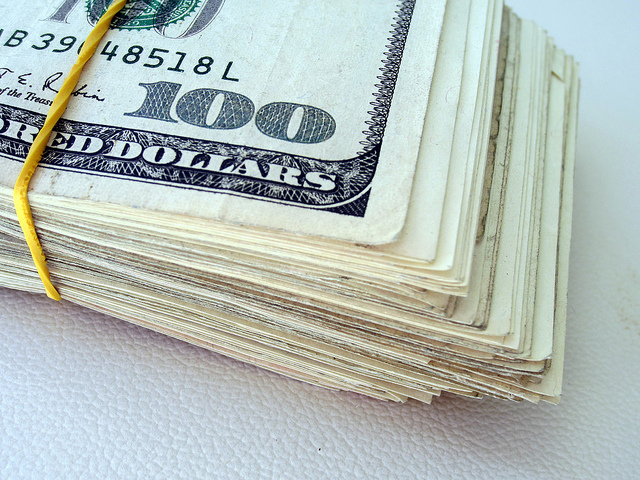We often stress the fact that our investment methodology leads us to focus on high-quality companies. We define these as companies with a very sound balance sheet and specific competitive advantages that enable them to stand out from the competition and generate a higher profitability. In turn, this higher profitability translates into the generation of substantial free cash flow and consequently a strong self-financing capacity and a low debt ratio.
Among such quality companies, those which operate in low-cyclical sectors have been particularly popular with investors in recent months, even years. The time has now come to question whether these quality defensive companies (Nestlé, Reckitt Benckiser, Unilever, for example) may have become too expensive.
Three observations and a comment in this regard.
First the comment. The level of interest rates plays a significant role in any valuation model. The answer to the question of whether quality defensives have become too expensive will depend to a large extent on the assumptions used, especially with regard to the rate used to discount future earnings/dividends and the cost of equity. Clearly, with a very low discount rate (on the basis that interest rates are very low), practically any price can be justified. This is why equity valuation models – like the one used by the Federal Reserve which compares the earnings yield of equities (through the earnings/price ratio, the inverse of the price/earnings ratio) to the yield on 10-year government bonds – always reach the conclusion that equities are undervalued compared to bonds. This is not surprising when the yield on the US 10-year Treasury note is around 1.5%. The comparison between equities and bonds is even more favourable for European equities, which offer a higher earnings yield (are trading at a lower price/earnings ratio) and face even less competition from bonds which have near-zero yields. But obviously, the lower the interest rate used in the valuation model, the smaller the margin of safety will be and the more the investment will be at risk in the event of interest rates rising.
Now the observations.
1.- Using a discount rate that would have been considered appropriate in the past, before the central banks started to manipulate interest rates, e.g. a rate of around 9%, you come to the conclusion that defensive companies are in fact relatively expensive, although their valuation cannot be described as exorbitant. But more importantly, compared to the rest of the market, they are not more expensive than in the past. The outperformance of their share price reflects the outperformance of their earnings, in other words much better earnings growth (note that this is the case for quality defensive stocks as a whole. Some of these stocks have certainly seen an increase in their premium over the market. For others, their earnings growth is largely due to buying back their own shares, purchases often financed through debt). The following graph shows the price/earnings ratio of these stocks in relation to the market. It can be seen that the premium these companies are enjoying (in terms of the P/E ratio) remains in a range similar to that of the past. And it could be argued that in the current context, dogged by numerous economic and financial uncertainties, these companies should trade at a higher premium given that they are the main beneficiaries of low interest rates.
2. However, let us suppose that an investor who holds these companies in the portfolio decides to sell them because they are expensive. Then comes the question of redeploying the newly released funds. Currently the return on fixed-income investments (cash and bonds) does not compensate the risk incurred. The investor could obviously decide to stay in cash and wait for a sharp price correction in these quality names. However, experience shows that this is a very chancy approach. Alternatively, our investor could buy shares whose valuation seems more attractive. But where to find that kind of share? In recent years, equities have generally become more expensive (at least in the developed countries). Although quality stocks are more expensive than the market as a whole (and quite rightly so), we have already noted that their premium over the market has not increased. And companies whose valuation at first sight seems more attractive are often in sectors that are seriously at risk in the current context, examples being banking or highly cyclical stocks. To invest in these sectors you need to have a confidence in the global economic outlook and the financial system that we do not currently have.
3. As already noted, the current valuation of quality defensive stocks is high but not yet exorbitant. The corollary of this is that their expected return is lower than in the past but still reasonable, especially in a low-interest-rate context. As the price paid determines the return, it would be naive to think that when you are paying more for these companies than in the past, you could get the same return as in the past. So we need to lower our return expectations on quality companies. If their valuation goes on rising, there will even come a moment when the expected return becomes so low that investing in them no longer makes sense. But that moment has not yet come.
Guy Wagner is Chief Economist and Managing Director at Banque de Luxembourg Investments.




